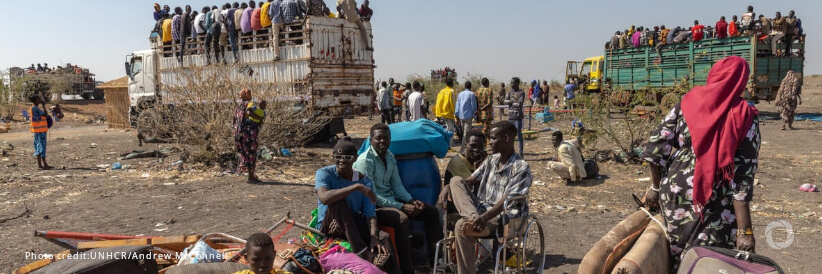With global humanitarian funding being scaled back precipitously, the United Nations allocated US$110 million from the Central Emergency Response Fund (CERF) to boost lifesaving assistance in 10 of the world’s most underfunded and neglected crises across Africa, Asia, and Latin America.
More than 300 million people around the world urgently need humanitarian aid, but funding has been dwindling annually, with this year’s levels projected to drop to a record low.
“For countries battered by conflict, climate change and economic turmoil, brutal funding cuts don’t mean that humanitarian needs disappear,” said Tom Fletcher, Under-Secretary-General for Humanitarian Affairs and Emergency Relief Coordinator. “Today’s emergency fund allocation channels resources swiftly to where they’re needed most.”
One-third of the new CERF funding will support Sudan, which is grappling with violence, displacement, and hunger, and neighbouring Chad, to where many have fled. The funds will also bolster the humanitarian response in Afghanistan, the Central African Republic, Honduras, Mauritania, Niger, Somalia, Venezuela and Zambia. Funds will also support life-saving initiatives to protect vulnerable people from climate shocks, made possible by CERF’s Climate Action Account.
Twice a year, CERF – the UN global emergency fund managed by the Office for the Coordination of Humanitarian Affairs – allocates resources for underfunded emergencies as a global alert to spotlight the need for additional funding from Member States, the private sector, and others. In late 2024, $110 million was disbursed to help more than 3 million people in underfunded emergencies in Burkina Faso, Burundi, Cameroon, Ethiopia, Haiti, Malawi, Mali, Mozambique, Myanmar, and Yemen.
This year, the humanitarian community is seeking nearly $45 billion to reach 185 million of the most vulnerable people caught up in crises worldwide. To date, just 5 per cent of this funding has been received, leaving a gap of more than $42 billion.

